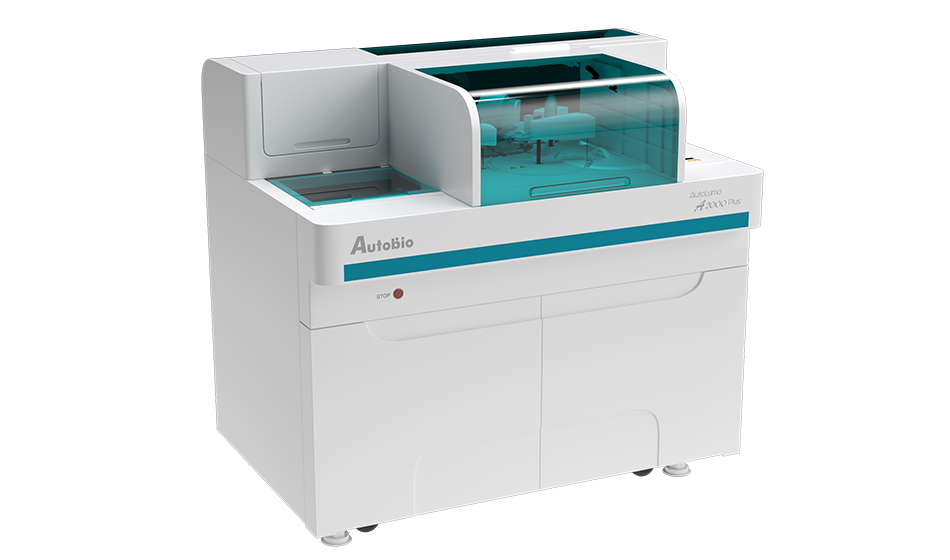

Female breast cancer has now surpassed lung cancer as the leading cause of global cancer incidence in 2020. The elevated incidence rates in higher HDI countries reflect a longstanding higher prevalence of reproductive and hormonal risk factors (early age at menarche, later age at menopause, advanced age at first birth, fewer number of children, less breastfeeding, menopausal hormone therapy, oral contraceptives) and lifestyle risk factors (alcohol intake, excess body weight, physical inactivity), as well as increased detection through organized or opportunistic mammographic screening.
Some serum tumor markers including CA15-3 and CEA have been reported to be elevated in some patients with breast cancer.

CA15-3 is recommended to be used in postoperative surveillance in patients with no evidence of disease, monitoring therapy in advanced disease, assessing prognosis. High preoperative levels (e.g. >30 U/L) always predict adverse outcome[2].
CEA can be used in post-operative surveillance in patients with no evidence of disease, monitoring therapy in advanced disease, especially if CA 15-3/BR 27.29 is not elevated. And it can also be used in assessing prognosis that high preoperative levels predict adverse outcome[2].
[1] Sung H, Ferlay J, Siegel RL, Laversanne M, Soerjomataram I, Jemal A, Bray F. Global Cancer Statistics 2020: GLOBOCAN Estimates of Incidence and Mortality Worldwide for 36 Cancers in 185 Countries. CA Cancer J Clin. 2021 May;71(3):209-249. doi: 10.3322/caac.21660. Epub 2021 Feb 4. PMID: 33538338.
[2] Sturgeon CM, Duffy MJ, Stenman UH, Lilja H, Brünner N, Chan DW, Babaian R, Bast RC Jr, Dowell B, Esteva FJ, Haglund C, Harbeck N, Hayes DF, Holten-Andersen M, Klee GG, Lamerz R, Looijenga LH, Molina R, Nielsen HJ, Rittenhouse H, Semjonow A, Shih IeM, Sibley P, Sölétormos G, Stephan C, Sokoll L, Hoffman BR, Diamandis EP; National Academy of Clinical Biochemistry. National Academy of Clinical Biochemistry laboratory medicine practice guidelines for use of tumor markers in testicular, prostate, colorectal, breast, and ovarian cancers. Clin Chem. 2008 Dec;54(12):e11-79. doi: 10.1373/clinchem.2008.105601. PMID: 19042984.
Address: NO.87 Jingbei Yi Rd, National Eco&Tech Zone, Zhengzhou, China
Email: info@autobio-diagnostics.com Tel: +86-371-6200-7036
Autobio Copyright Reserved for ICP 18006568. All Rights Reserved.




